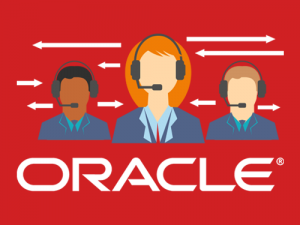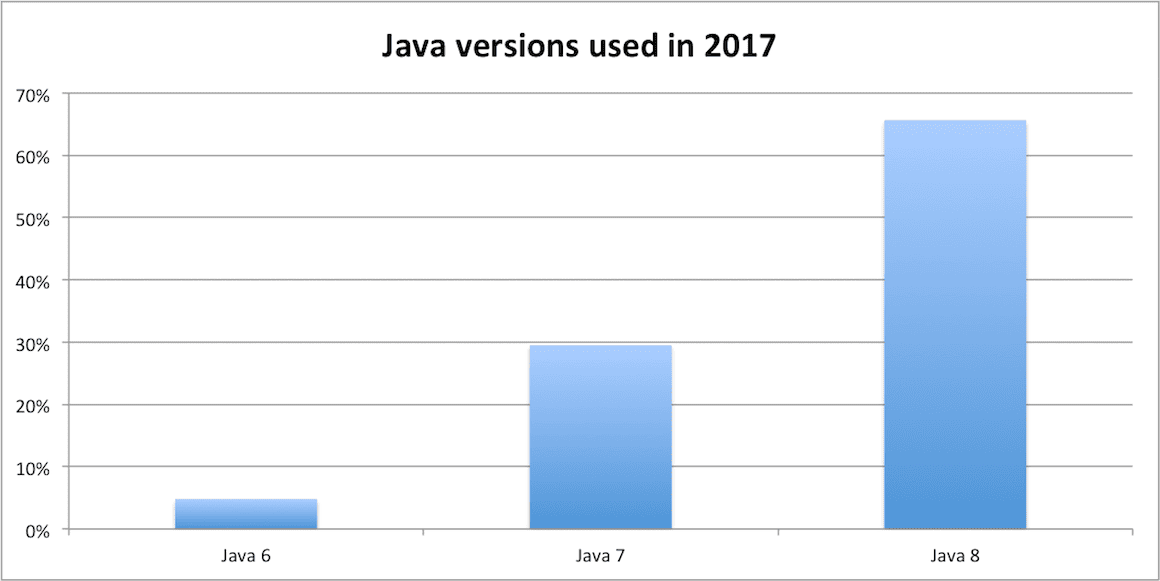Java – Oracle’s new money-making machine?
Public perception is that Java is completely free… And to most use cases, it was.
Sun Microsystems released much of its Java virtual machine (JVM) as free and open-source software, (FOSS), under the terms of the GNU General Public License (GPL). On May 8, 2007, Sun finished the process, making all of its JVM’s core code available under free software/open-source distribution terms, aside from a small portion of code to which Sun did not hold the copyright.
Even before Oracle acquired Sun Microsystems (the original developers of Java), commercial licenses were starting to be implemented. For example, IBM and makers of Blu-ray players were charged a licensee fee. Oracle have now just ramped that up somewhat.
The reality now? Things are changing and commercial organisations need to be aware of the risks a change in the licensing and support models poses.
What’s new?
From January 2019, public updates of Java SE 8 for “business, commercial or production use” will not be available without a commercial license. For personal use, public updates will continue until at least January 2020.
Furthermore, SE subscription is a new service that started last month in July. It differs from the normal perpetual licenses by including all licenses required AND Oracle premier support. In addition, it includes performance, stability and security updates. The announcement of a commercial license being required also stipulates it needs to be that of a subscription license.
A change in the release cadence is coming into effect from September 2018 too. Feature updates will come out every 6 months without Long Term Support (LTS) but one version every 3 years will include LTS. The next version to be released, Java SE 11, will include LTS and is scheduled for release in September.
These non-LTS releases are considered to be cumulative enhancements of the latest LTS release, as opposed to being big releases in their own right. Also, new non-LTS releases supersede the previous and support is no longer provided. But support is still available if you have LTS (support on this can be up to 8 years!).
This is all well and good until you realise that LTS is not free. The only way to keep Java SE free is to keep up with the 6-month release cycle. Paying for the subscription service allows you the freedom of choosing when and if you update to the next version.
What are the costs?
Server and cloud deployments: $25 per processor per month
Desktop deployments: $2.50 per user per month
These prices could be lower with volume discounts. For example: if a business has 15,000 desktop users, the volume discount makes the price $1.50 per user per month!
As a side note, if you do not renew the subscription, you lose rights to any commercial software downloaded under the subscription and lose access to Oracle premier support.
What’s the impact on businesses?
Java Platform, Standard Edition (Java SE) is a computing platform for the development and deployment of portable code for desktop and server environments. Java SE is ‘free’ but other editions that contain additional features are not. The Advanced, Advanced Desktop and Suite offerings all require a commercial license to be used.
Java SE 8 was released back in 2014 and was the most widely used programming language in 2017.
Companies will now need to understand their software estate and what Java instances they have running otherwise they could be hit with a hefty fine from Oracle following an audit.
The tricky part is that Oracle’s software delivery includes all the commercial features in the download with no option of opting out. Installation of these features class as use under Oracle’s terms so not being compliant is very easily done.
Oracle Java Tracker could be the tool for the job as it reports on Java versions, application names, type (applet, command line etc.) and location. BUT this requires a commercial license itself.
This is going to be an unexpected and, more importantly, unbudgeted cost to businesses. Management of the new position sooner rather than later is critical to avoid unwanted compliance and financial risk. The most comprehensive method to tackle it is by having a ManageSMART service in place. This is contained within SCC’s Smart Buy service and can help your business manage this new commercial and operational risk.
Contact [email protected] or [email protected] for more information.